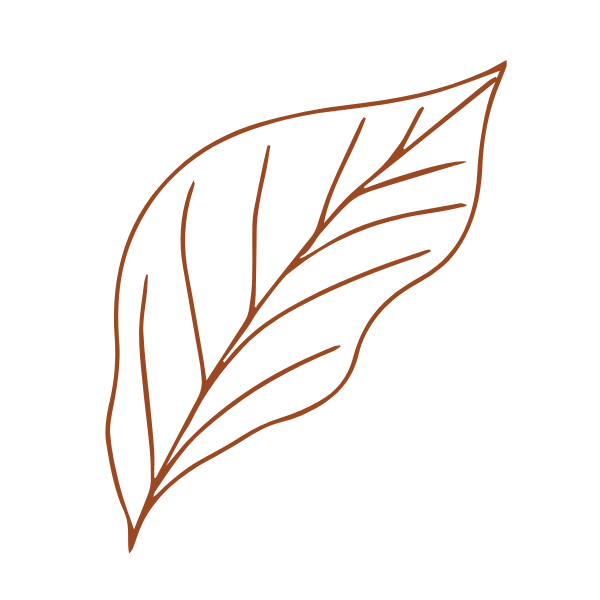Resources
Self-discovery practices and tools to support your journey toward unifying your inner and outer worlds.
Cyclical Nature
Mindful Practices
Explore these mindfulness practices throughout each season.
Spring is a time of (re)awakening. Spring’s practices include the healing power of food, planting seeds, and somatic movement. Summer is a time of reveling. Summer’s practices include forest bathing, earthing, and a gratitude practice. Autumn is a time of releasing. Autumn’s practices include abhyanga, grounding, and automatic writing. Winter is a time of reflecting. Winter’s practices include dream journaling, walking meditation, and cold plunging
Your Moon Cycle
Learn more about your menstrual cycle.
Come back home to your body by learning about your unique menstrual cycle. These worksheets supports you to explore your physical and sexual energies, moods, and menstruation flow throughout the month. It includes a cycle tracker, instructions, a diagram highlighting the hormonal phases of your cycle, and moon wisdom for each phase of your cycle.
Identify Your Season of Self
Determine the patterns and themes in your life.
Use this diagram to explore what part of life’s cycle you are in right now: (re)birth, life, death, or liminal. By understanding where you are at, you are able to better support yourself. Spring is a time of rebirth with expansive energy bursting forth. Invite moments of grounding. Summer is a time of life with energy focused outward. Invite moments of space with yourself to find balance. Autumn is a time of death with contracted energy as you let go. Invite moments for self-compassion. Winter is a time of liminality with inward focused energy. Invite moments for self-introspection.
Spring Season: (Re)Birth
Spark of Joy Date
Invite expansive energy into your life.
Stepping into the unknown expands your understanding of who you are, what brings you joy, and shifts your perspective about life. Expanding your life experiences guide you into discovering new facets of yourself and your relationship. Use this worksheet to tap into the energy of Spring to support new experiences and rediscovery.
Autumn Season: Death
Active Imagination
Consciously dialogue with your unconscious.
Active imagination is a spiritual practice. It allows you to work with your shadow self, the unacknowledged, disowned, and unspoken parts of yourself. This allows you to engage with the oracle with yourself and actively take some degree of control over your own inner growth process. Exploring your shadow can lead to greater authenticity, creativity, energy and physical health, sense of wholeness, improved relationships as well as support your spiritual awakening. When you illuminate your shadow, you can override its influence and begin to honor all part of your psyche.
Winter Season: Stillness
Meditation
A self-study guide to support your meditation practice.
Meditation is an altered state of consciousness as part of the Eightfold Path in Buddhism and Yoga philosophy to cultivate mindfulness, present moment awareness, and support a deeper connection to yourself, others, and the world around you.
Meditation helps quiet your mind, develop a sense of calm, embrace the here-and-now, see clearly, engage with life more fully, and practice self-compassion.
Self-Introspection
A self-study guide to support your self-introspection practice.
Automatic writing is powerful tool for self-introspection. Automatic writing is uninhibited and uncensored writing to access your unconscious or where repressed thoughts, feelings, and memories live that, at times, influence your behaviors, choices, and responses.
This practice bypasses your active mind and goes deeper toward unconscious thoughts. Move into a mindfulness or toward a meditative state of being before you begin your writing process.
Boundaries
The Art of Saying No
Practice saying no and explore what arises.
According to "The Science of People”, boundaries are rooted in clear communication. As Brene Brown says: “Clear is kind, unclear is unkind.” Healthy boundaries are the limits you place around your time, emotions, body, and mental health to stay resilient, solid, and content with who you are. These empowering borders protect you from being used, drained, or manipulated by others. This worksheet allows you to understand your patterns around boundaries, learn about your body, mind, and emotional response to boundaries, and practice reinforcing your boundaries.
Healthy Boundaries 101
Learn about boundaries and the various types.
Boundaries are clear limits you create to define and maintain your secure sense of self. Explore this Healthy Boundaries 101 worksheet to learn about boundaries, boundary styles, how boundaries support you, and the various types of boundaries to consider when working to define your personal boundaries.
Protect Your Energy
A 4-Week Immersive Experience.
This workbook surfaced from my personal experiences around balancing my energy identifying as a highly sensitive person (HSP). Creating healthy boundaries helps you define your sense of self and protect your energy. Utilize this tool as a guide to identify your healthy and unhealthy patterns, and how to create boundaries that support you and your relationships. I am honored to share this immersive experience with you, which is rooted in my own wisdom and grounded in yoga therapy.
Developmental Journey
The Human Lifespan
Learn about various perspectives of the human developmental journey.
This visual highlights both Western and Eastern theories on human development. Some of the more Western (linear, age-related) approaches include: Freud’s psychosexual, Piaget’s cognitive, Erikson’s psychosocial, Bowlby’s attachment, and Lawrence Kohlberg’s morality. Some of the more Eastern (holistic, non-linear) approaches include: Yoga philosophy’s chakras, Barrett Academy’s psychological, and Kegan’s orders of consciousness.
There is continuous dialogue, ongoing research, and various explorations about human growth and development. Some of these studies include topics such as nature (genetic) vs. nurture (environment), and inner processes/subjective vs. outer learned/observable action. My intention is to provide an expansive view to include a broad range of perspectives, so you can choose what to integrate and what to leave behind.



